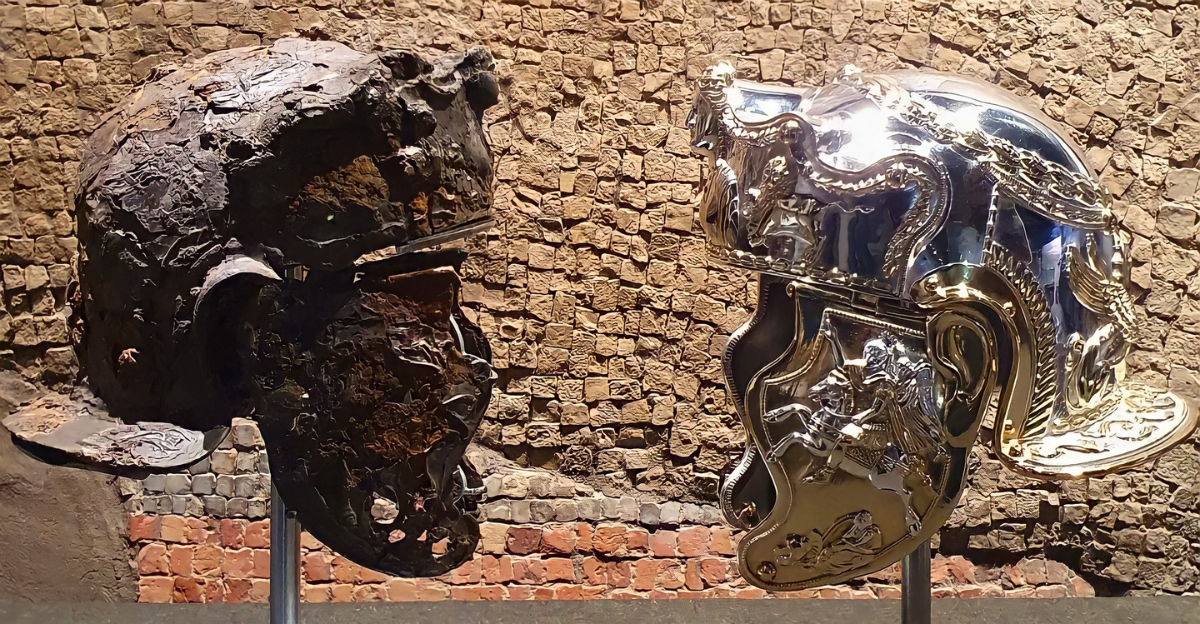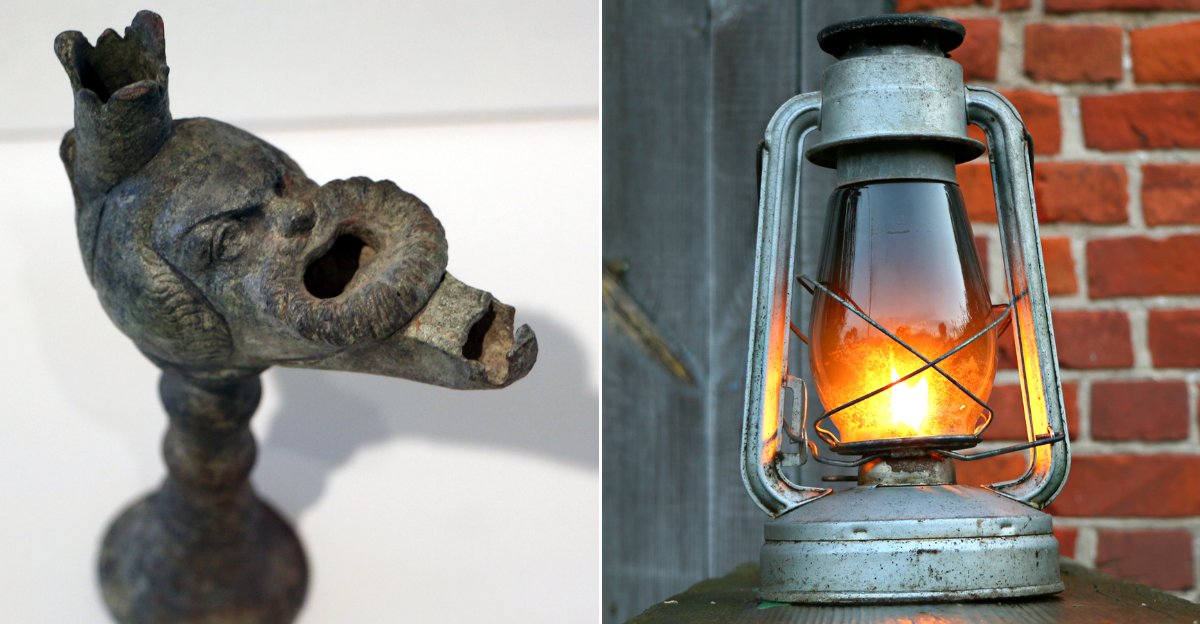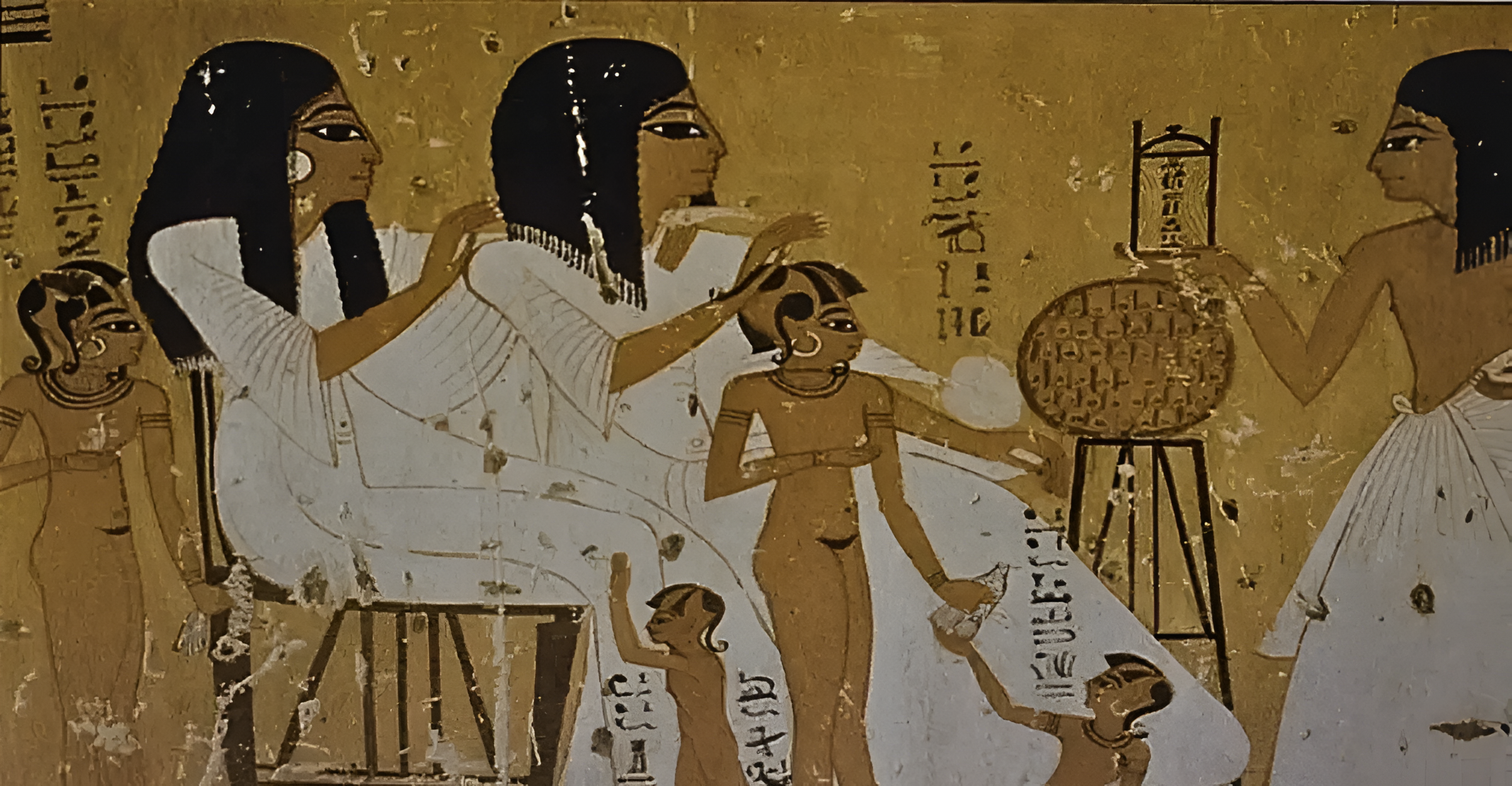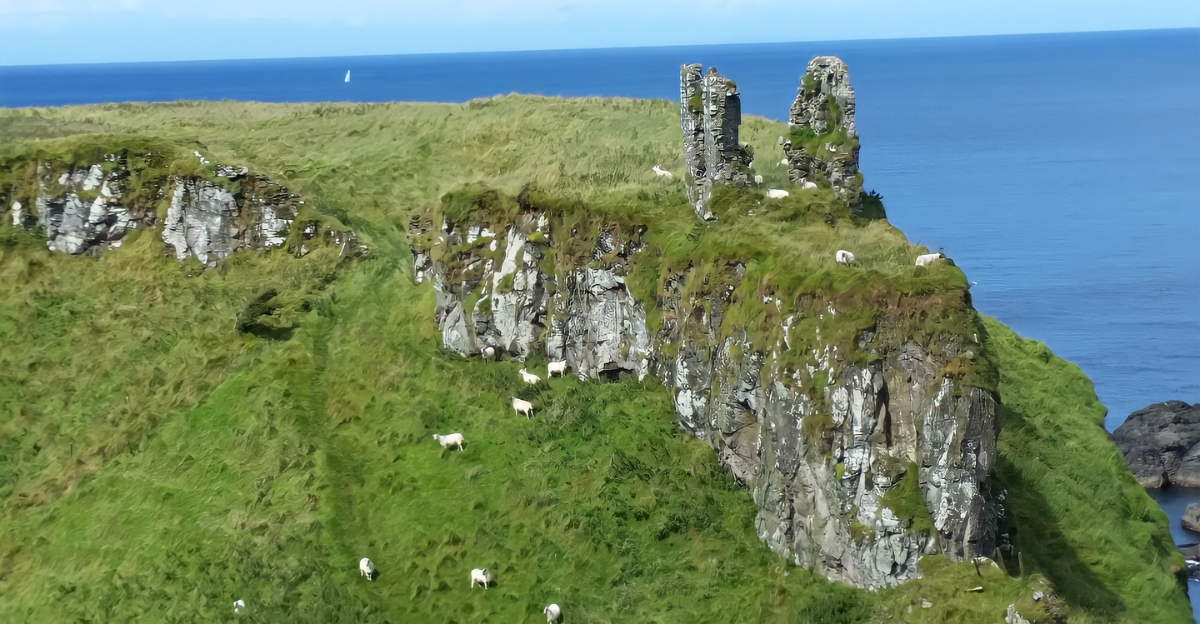
Buried deep within Peru’s Río Abiseo National Park, researchers have discovered more than 100 previously unknown structures at Gran Pajatén, an archaeological site constructed by the Chachapoya civilization.
Known as the “people of the cloud forest” the Chachapoya thrived in the northeastern Andes from the 7th to 16th centuries. But this find greatly expands the known extent of Gran Pajatén, revealing it as a sprawling, sophisticated network rather than a remote outpost.
This discovery challemnge previous assumptions, providing new insight into the Chachapoya’s architectural ingenuity and cultural complexity amid the dense, rugged terrain.
Guardians of the Cloud Forest
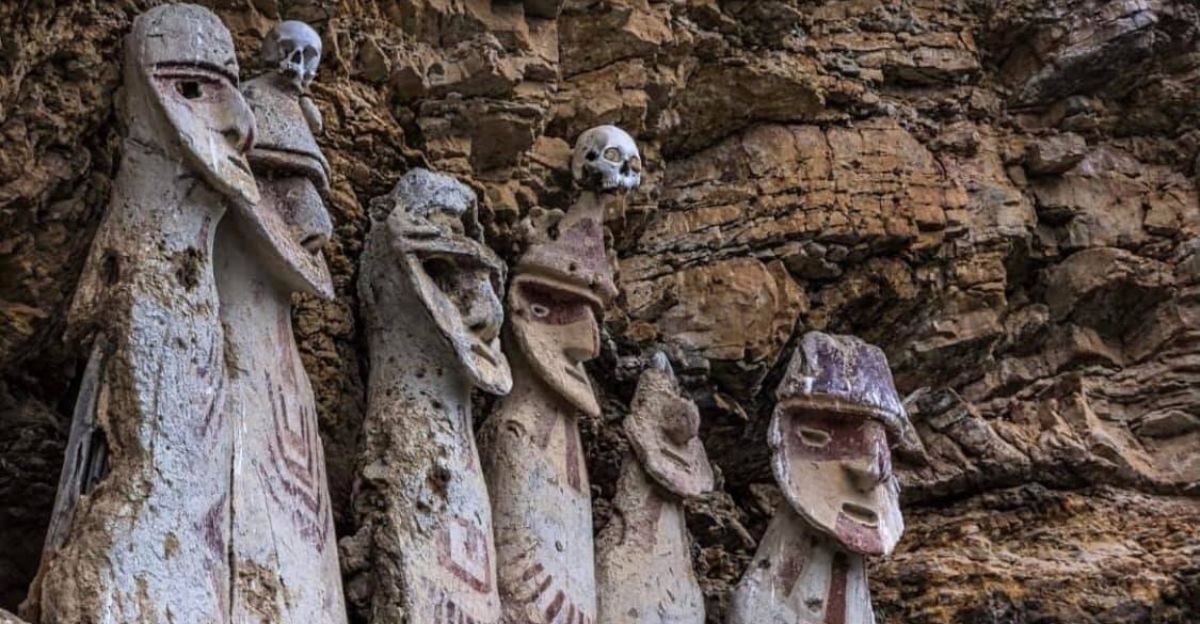
The Chachapoya civilization earned their nickname from their ability to adjust to the cloud forest environment, located at elevations ranging from 2,000 and 3,000 meters.
Their settlements such as Gran Pajatén demonstrate advanced construction techniques and strategic placement of ridges with defensive and symbolic significance.The find reveals high-relief friezes covered in elaborate stone mosaics, proving that the Chachapoya were more than capable artists and engineers.
These architectural wonders also remind us of a culture so attuned to its natural surroundings, blending functionality with spirtual and social expression.
Gran Pajatén: More Than a Ceremonial Outpost
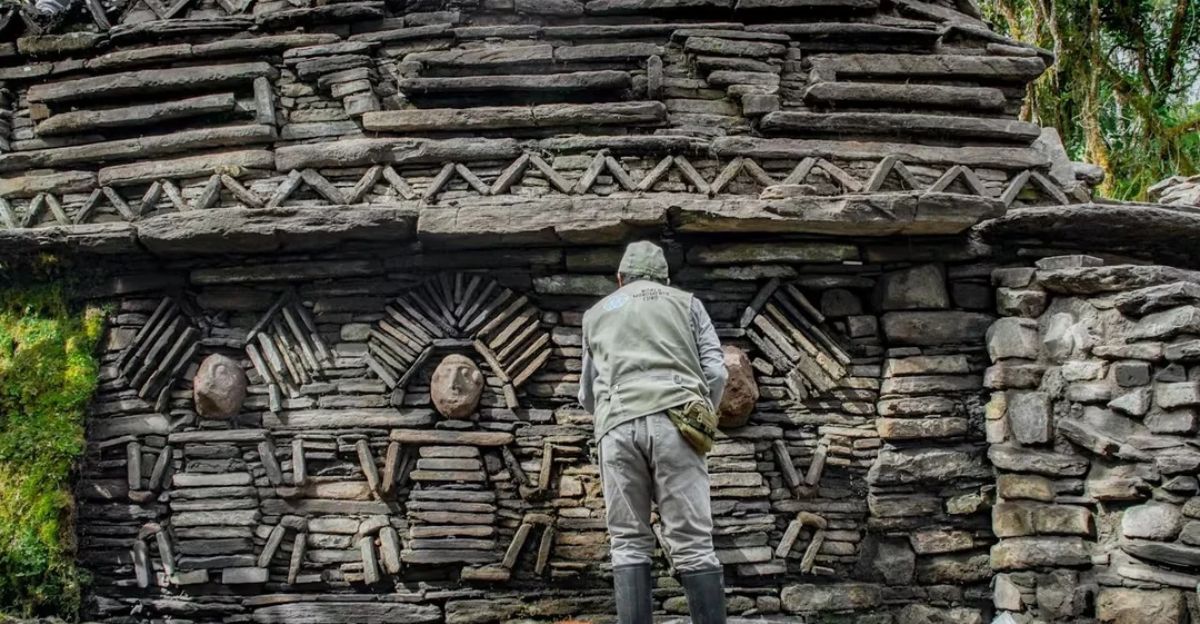
Contrary to previous assumptions that Gran Pajatén was a purely ceremonial site, recent reserach suggests it was actually the hub of a large territorial network. This network linked key sites including the Cerro Central, Los Pinchudos and La Playa, to create a n interconnected system bound by shared cultural identity and strategic landscape understanding.
Gran Pajatén’s construction and location may indicate that it served as a center of administrative, social interaction and spiritual functions, acting as a cultural waypoint along the Montecristo Valley. This reframing elevates the site’s importance in understanding pre-Inca regional dynamics.
Cutting-Edge Technology Illuminates Hidden Structures
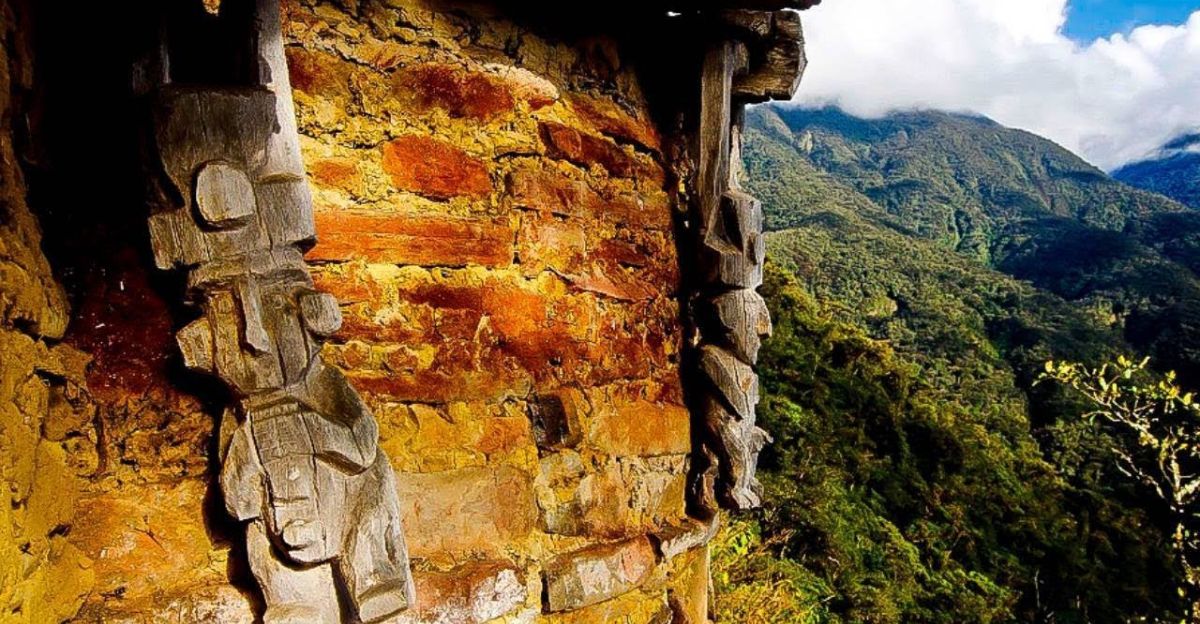
The dense forest canopy has long concealed most of Gran Pajatén from archaeological exploration. Yet new non-invasive techniques, such as Lidar, terrestrial laser scanning, and photogrammetry have revolutionized the investigation.
These tools enabled researchers to “see” through dense vegetation without disrupting the delicate ecosystem and create the most detailed map of the site yet.
This technological leap has revealed the size and complexity of the settlement, offering unprecedented clarity on how the Chachapoya transformed their environment over centuries.
Connecting the Cloud Forest

Fieldwork also revealed a complex network of pre-Hispanic roads that linked Gran Pajatén to nearby sites. These pathways facilitated movement, communication and resource exchange across the challenging terrain of the Andes.
The road system underscores the Chachapoya’s strategic territorial management and social organization. It also hints at extensive long-distance connections throughout the area, implying that the civilization was more integrated and influential than previously understood, with Gran Pajatén as a pivotal node in this ancient infrastructure.
The Cultural and Spiritual Heart of the Chachapoya
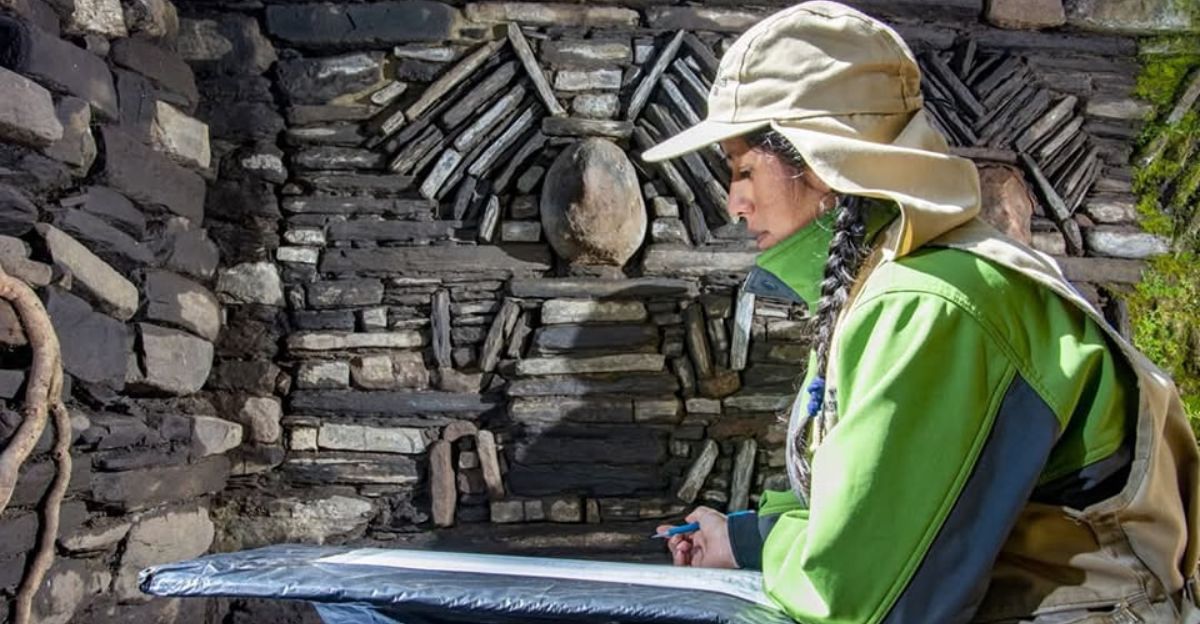
Gran Pajatén’s pominence on a ridge overlooking the Montecristo Valley hints at its spiritual or symbolic meaning. The site’s ceremonial buildings and decorative stonework reveals a civilization that blended religion with everyday life.
The Chachapoya almost certainly employed Gran Pajatén as cultural center, strengthening group identity and unity among dispered communities.
This spiritual dimension adds depth to our understanding of the civilization, highlighting how architecture landscape were harnessed to express and sustain cultural values.
Life in the Cloud Forest: Ingenious Adaptations
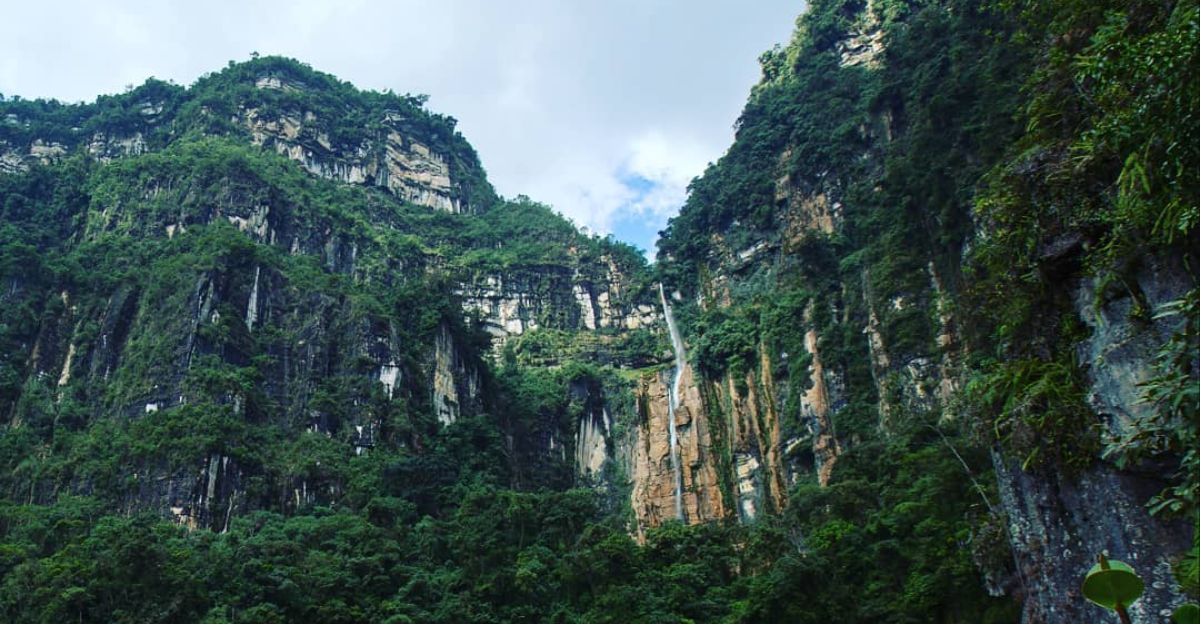
The discovery raises intriguing questions about how the Chachapoya managed to sustain such a large network alive in a hostile, rugged environment, with steep mountains, limited fertile land and unpredictable weather.
Their ability to thrive here speaks to remarkable adaptability and resource managemant. The contruction techniques, agricultural pracrticesm and social structures that supported these settlements demonstrates advanced knowledge and innovation.
Understanding these adaptations provide valuable insights about resilience and human-environment interaction in challenging ecosystems.
Rediscovering a Forgotten Civilization’s Influence

The Chachapoya civilization flourished for nearly a millenium before succumbing to Inca expansion in the late 15th century. The new discovery at Gran Pajatén points to the civilization’s extensive influence and cultural achievements, often overshadowed by the Incan Empire.
By mapping and examining these newly discovered structures, archaeologists are beginning to weave a more intricate story of pre-Columbian history in the Andes.
This rediscovery not only honors the legacy of the Chachapoya but also enriches Peru’s cultural heritage on the global stage.
More Secrets to be Revealed with Lidar
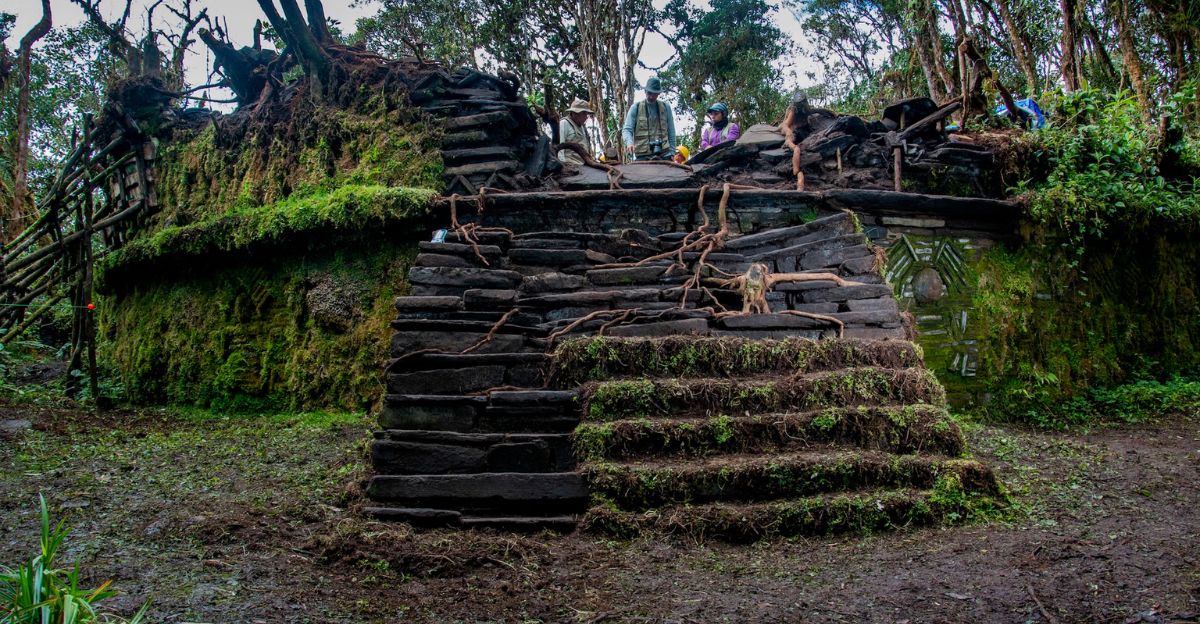
Only about 10% of the Lidar data collected from Gran Pajatén has been analyzed so far, which suggests that many secrets have yet to be revealed. Each new building and line of access generates new questions concerning the Chachapoya’s s social structures, resource distribution and reasons for occupying this remote region.
The ongoing research is likely to reveal more about how this civilization shaped the cloud forest and how they navigated its challenges. The quest to unravel the mystery is just beginning, with vast potential for groundbreaking revelations.
A Global Responsibility to Protect and Preserve
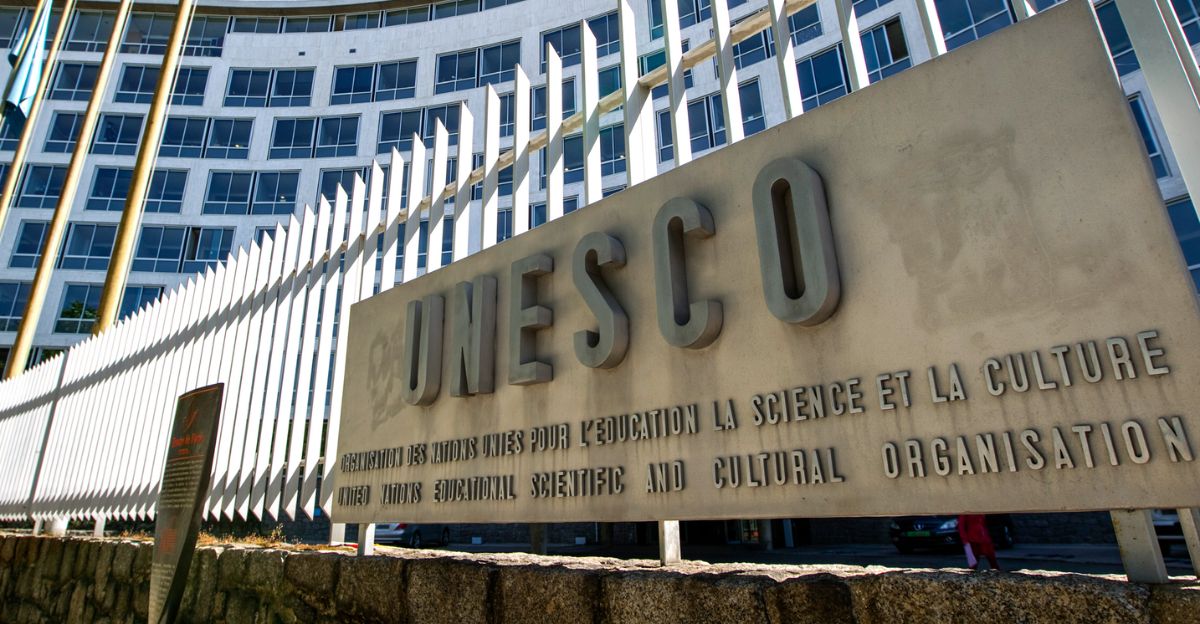
The World Monuments Fund and Peruvian reserachers have called for the preservation of Gran Pajatén and its surrounding heritage. As a UNESCO Mixed World Heritage site, Río Abiseo National Park is a fragile ecosystem and a priceless cultural treasure.
Balancing archaelogical exploration with conservation is crucial to preserving this legacy for future generations.
The discoveries at Gran Pajatén remind us of our collective resposibility to safeguard humanity’s diverse histories and the environments that cradle them.

